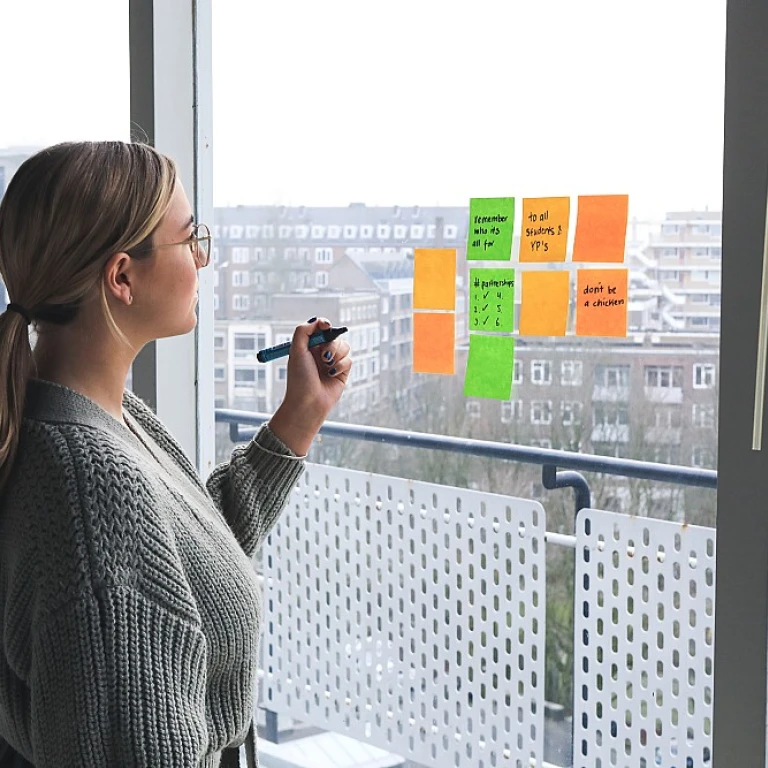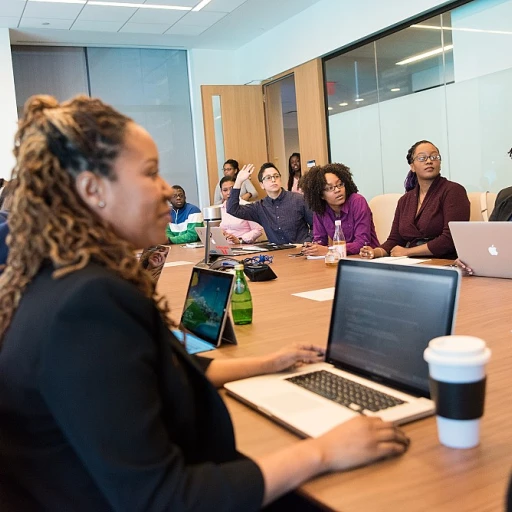
Understanding the Importance of Work Life Balance
Emphasizing the Significance of Harmonizing Work and Life
The pursuit of a healthier work life balance is no longer just a personal ambition; it is a critical component for organizational success. Companies are recognizing that the well-being of their employees has a direct impact on longevity, productivity, and company culture. When employees achieve a balance between their professional duties and personal lives, creativity and energy are boosted, leading to enhanced performance during work hours and overall mental health.
For leaders aiming to cultivate a harmonious workplace where team members can thrive, integrating innovative ideas for a team retreat is essential. A company retreat not only offers a getaway from the usual work environment but also encourages relaxation and a shift from high-paced work schedules.
As more companies invest in corporate retreats, these events serve as an excellent medium to foster team cohesion through problem solving and team bonding activities like scavenger hunts. Retreat activities can be curated to enhance skills such as leadership while bolstering team morale. Furthermore, retreats encourage team members to build stronger interpersonal relationships which are vital in tackling daily challenges collectively.
When planning retreats, it is crucial to ensure that they strategically blend work and leisure. The goal is to leverage this time to explore collaborative ideas and engage employees meaningfully while simultaneously offering them the chance to unwind and recharge. Teams emerge from these experiences more cohesive and ready to conquer future tasks with renewed enthusiasm.
The Role of Team Building Retreats
The Power of Retreats in Team Cohesion
Team building retreats play a pivotal role in the corporate world by offering a unique setting for employees to disconnect from daily routines and embrace a fresh perspective. While traditional corporate settings may limit the interplay of innovative ideas, a well-planned retreat can foster an atmosphere where team members feel empowered to express themselves and build meaningful connections.
These retreats serve as a crucial platform for enhancing company culture and ensuring that team members align with the organization’s values. Retreats provide a relaxed environment where individuals are more open to participating in different team bonding activities. These activities, ranging from problem-solving tasks to scavenger hunts, are crucial in strengthening the team’s overall dynamic and honing essential leadership skills.
By engaging in these building activities during corporate retreats, individuals have the opportunity to reflect on personal and collective objectives. This can inspire a deeper sense of responsibility and accountability among group members. It creates support networks within the workplace, translating into more cohesive work interactions even after the retreat concludes.
A successful team building retreat should also accommodate varying skill levels and interests to ensure inclusive engagement. Companies can choose retreat locations that offer diverse environments to suit different activities, ensuring that each team member finds something meaningful and enjoyable. With thoughtfully designed events, the retreat can solidify relationships and foster a sense of unity that extends beyond the retreat itself, greatly benefiting the entire organization.
Planning an Effective Team Building Retreat
Crafting a Seamless Retreat Experience
Planning an effective team building retreat can be pivotal in enhancing productivity and morale. It requires thoughtful preparation that balances work and leisure while aligning with the company's objectives. With the right approach, a company retreat can strengthen team bonds and foster a harmonious work environment. To start, defining clear goals for the retreat is crucial. These objectives could range from improving communication within the team to fostering leadership skills. Whatever the focus, ensuring that all activities align with these goals can provide a cohesive framework for the event. Selecting an appropriate location plays a significant role in setting the tone for the retreat. A change of scenery, whether it’s a local venue or a more distant getaway, can invigorate team members and provide a fresh perspective. It's essential to consider accessibility to ensure everyone can participate comfortably. Keep the retreat schedule balanced. While retreat activities should be aimed at building connections, ample time for relaxation and informal bonding is equally essential. Integrating events like problem solving exercises or scavenger hunts can offer team members a chance to collaborate in less formal settings. Corporate retreats are not just about work but also about reinforcing relationships and creating a positive company culture. Incorporating a mix of structured building activities and free-time supports a well-rounded experience. Consider including workshops or sessions tailored to develop specific skills, such as leadership development for the leadership team. Finally, allow for some flexibility in the schedule. Retreats should cater to a wide range of preferences and comfort levels, and time for reflection or impromptu group discussions can enhance the overall experience. To delve deeper into how remote work can influence training and development needs during retreats, explore our detailed analysis here. This understanding can guide the planning of retreat sessions that cater to modern organizational dynamics. By thoughtfully planning your team building retreat, it becomes more than just an event—it transforms into a catalyst for stronger connections, better morale, and a productive work culture.Activities to Foster Team Cohesion
Creative Highlights to Foster Unity
Planning corporate retreats focused on building activities allows team members to step away from their usual tasks and engage in experiences that enhance group dynamics. Consider retreat ideas that revolve around diverse and interactive activities. Here are some suggestions:- Problem Solving Challenges: Facilitate teamwork and improve problem-solving skills by organizing challenges that require the group to work collaboratively. These activities can highlight each member's leadership qualities and promote collective brainstorming.
- Scavenger Hunts: These events are excellent for encouraging team bonding. Scavenger hunts can be tailored to the retreat location, allowing team members to explore and engage with their surroundings while working towards a common goal.
- Team Workshops: Conduct workshops centered around relevant themes like communication or leadership. Not only do these workshops serve as a platform for skill enhancement, but they also provide meaningful interactions among corporate teams.
- Adventure and Outdoor Activities: Whether it’s a group hike, zip-lining, or other adrenaline-pumping pursuits, such activities can invigorate the team spirit and break down hierarchical barriers, enhancing the overall company culture.
Balancing Work and Leisure During Retreats
Crafting the Perfect Blend of Work and Leisure
Achieving the right balance between work and leisure during team building retreats is essential for maximizing both personal rejuvenation and professional development. When employees depart for a company or corporate retreat, they expect an event that not only focuses on skill enhancement and problem-solving but also provides opportunities for bonding and relaxation.To ensure a harmonious blend of work and leisure, consider these aspects:
- Diversifying Agenda: Balance productive sessions with enjoyable retreat activities. Incorporate a mix of workshops and outdoor activities like scavenger hunts, which encourage collaboration while also being engaging.
- Setting Realistic Expectations: Clearly communicate the goals and schedule to team members at the onset. Being transparent about corporate retreat intentions allows employees to mentally prepare for what's expected and to engage fully during leisure times.
- Prioritizing Flexibility: Allow some free time for individuals to explore retreat locations at their leisure. This autonomy fosters creativity and helps in lowering stress levels.
- Creating Cultural Insights: Activities that embrace local culture can offer relaxation and team bonding in an organic setting, nurturing company culture by building empathy and understanding among team members.
- Sustaining Leadership Presence: Involve the leadership team not just in official agendas, but in social interactions too. Their presence during downtime underscores a company’s commitment to human-centric values and boosts morale.












